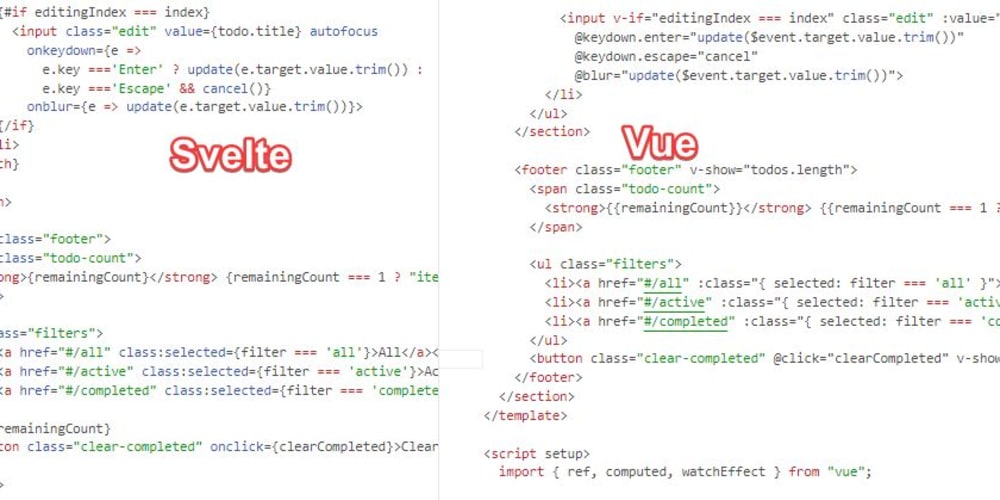This post will explain in detail how to go about setting up Travis CI deployment in a nodejs project.
What is Continuous Integration?
Continuous Integration is the continuous practice of merging in small code changes frequently - rather than merging in a large change at the end of a development cycle. The goal is to build healthier software by developing and testing in smaller increments. This is where Travis CI comes in.
Project Setup
In order to test the way Travis CI works, we need to setup a Node project with tests.
Make sure you have node and npm installed node -v and npm -v to check the versions.
# start up your project
mkdir travis-ci
cd travis-ci
npm init
# install the dependencies required for this project
npm install express mocha chai
create an index.js file in the root directory with the following.
# index.js
const express = require('express');
const app = express();
app.get('/', (req, res) => {
res.send('ci with travis');
});
const server = app.listen(3000, () => {
console.log('App running on port 3000');
});
module.exports = server;
Also create a test folder and an index-spec.js file for testing our node app.
# index.spec.js
const expect = require('chai').expect
const server = require('../index');
describe('test', () => {
it('should return a string', () => {
expect('ci with travis').to.equal('ci with travis');
});
});
NPM Script
Make sure app and test are working by running these scripts.
"scripts": {
"start": "node index.js",
"test": "mocha"
}
Travis Setup
create a file .travis.yml in your root directory.
language: node_js
node_js:
- "stable"
cache:
directories:
- "node_modules"
The .travis.yml file indicated above is what instructs Travis on what to build. the language option can be whatever language your app is running in and the "node_js": "stable" indicates Travis should use a stable version of node. You can also cache your node_modules directory on Travis to avoid installing all dependencies every time a build is triggered but rather it updates packages that has newer versions. more options that be added to this file can be found here.
Integrate Travis with GitHub
Travis is a CI service which simply means it an automated process. A typical workflow with Travis ad GitHub goes like this:
* A commit is pushed to GitHub
* Travis build is triggered and it checks if the test is passing or failing.
Travis Build setup
* Create a GitHub repo and push the project folder to GitHub.
* Add the repo to Travis Website
* Make a change and push a commit to the repo. You should automatically see your build process running.
* Add the Travis badge to a README.md file in your GitHub repo.
Conclusion
Travis CI makes developing software efficient. it ensures you deploy clean code that follows good practice and also detects if there are possible bugs or deficit in your code caused by a change or refactor in your project.
All code is available on the Github repo.
Also feel free to leave a comment with questions or thoughts.
Originally posted on my blog





















